Table of Contents
The UNESCO Sites in Chile have resulted from the recognition of 7 cultural and natural landmarks as UNESCO World Heritage Sites in Chile and 17 locations on the Chile UNESCO tentative list. These tourist sites in Chile are acknowledged for their unique and valuable cultural, natural, artistic, and historical significance and are preserved for future generations to enjoy.
In addition to these 7 sites in the Chile UNESCO list, there are many other places to travel to Chile that are being considered for UNESCO recognition. These sites, listed on the tentative list, showcase the rich cultural heritage of the country and are waiting for approval to join the prestigious and famous World Heritage Sites list.
To help visitors discover these remarkable Chile tourist attractions, we have put together an interactive map of the UNESCO sites in Chile.
Chile UNESCO Map
Click markers to show information and photo.
World Heritage Sites in Chile
UNESCO World Heritage Sites in Chile
There are 7 UNESCO World Heritage Sites in Chile. All of these three sites are listed under the Cultural category.
- Churches of Chiloé
- Historic Quarter of the Seaport City of Valparaíso
- Humberstone and Santa Laura Saltpeter Works
- Qhapaq Ñan, Andean Road System
- Rapa Nui National Park
- Settlement and Artificial Mummification of the Chinchorro Culture in the Arica and Parinacota Region
- Sewell Mining Town
UNESCO World Heritage Sites in Chile are protected locations for their cultural and natural importance.
Churches of Chiloé
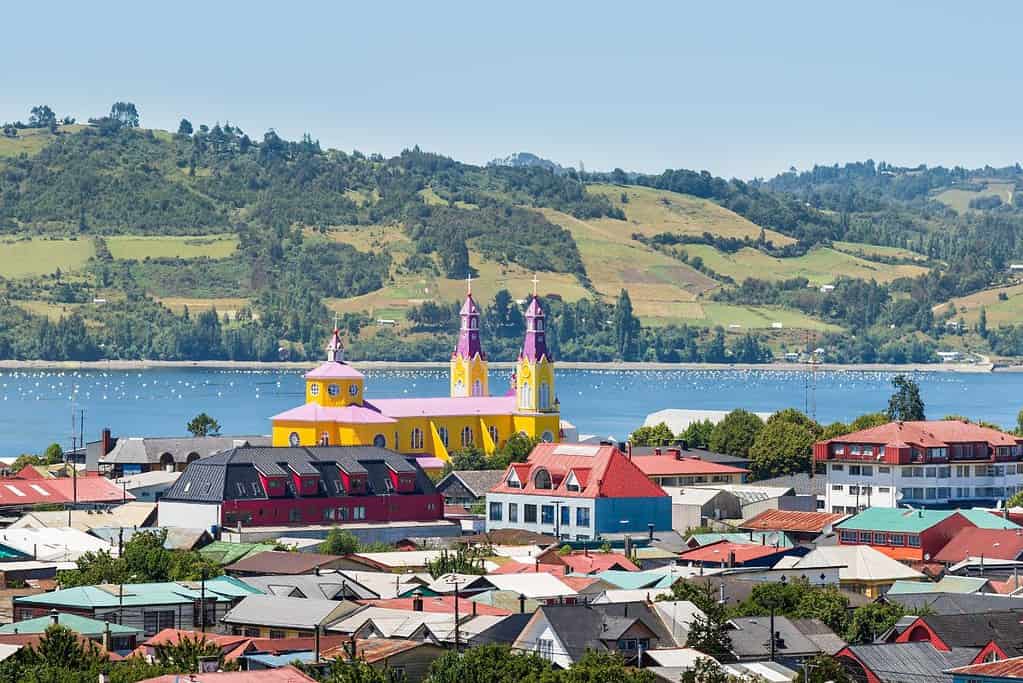
The Churches of Chiloé are a collection of unique and captivating architectural gems located on the Chiloé Archipelago in southern Chile. These churches, designated as UNESCO World Heritage Sites, showcase a distinctive blend of Spanish and indigenous craftsmanship known as the Chilote style. Each church boasts a remarkable wooden structure with intricate carvings and vibrant colors. These remarkable buildings serve as religious centers and reflect the cultural fusion between European and local traditions. The Churches of Chiloé are a testament to the island’s rich history and a visual delight, captivating visitors with their charm and historical significance.
Historic Quarter of the Seaport City of Valparaíso
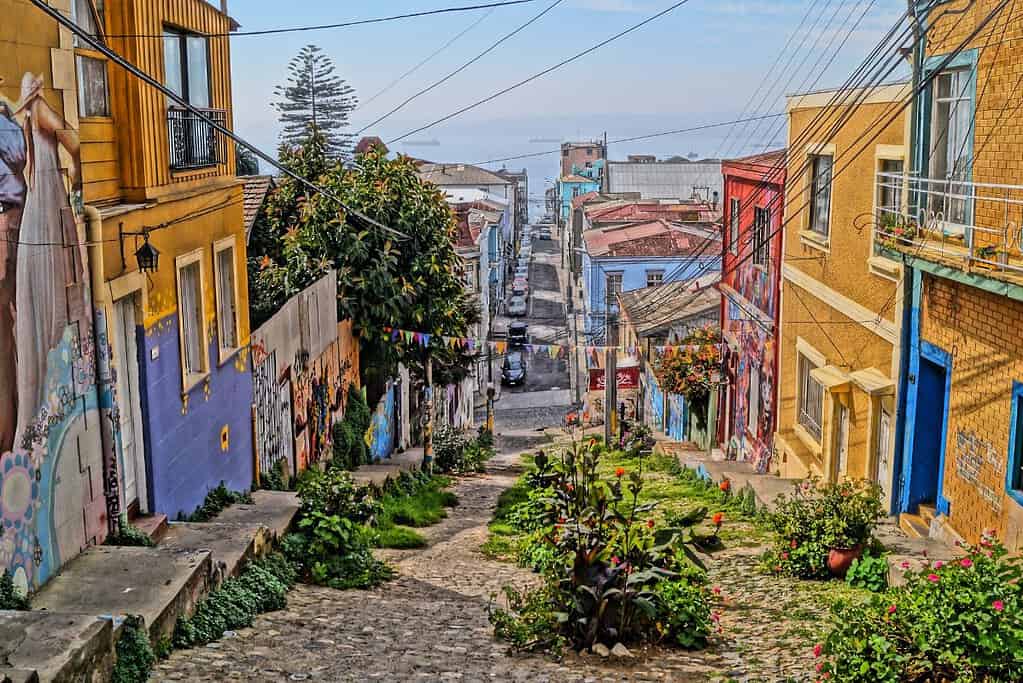
The Historic Quarter of the Seaport City of Valparaíso is a UNESCO World Heritage Site in Chile. This vibrant quarter showcases the rich history and cultural significance of Valparaíso. The city’s unique topography, steep hillsides, and colorful houses create a visually stunning and distinctive landscape. The quarter is renowned for its eclectic architectural styles, reflecting the influence of various cultural and artistic movements throughout history. Visitors can explore the labyrinthine streets adorned with vibrant street art and discover charming plazas, historic buildings, and captivating viewpoints overlooking the Pacific Ocean. Valparaíso’s Historical Quarter is a true testament to the city’s artistic heritage and a living testament to its dynamic past.
Humberstone and Santa Laura Saltpeter Works
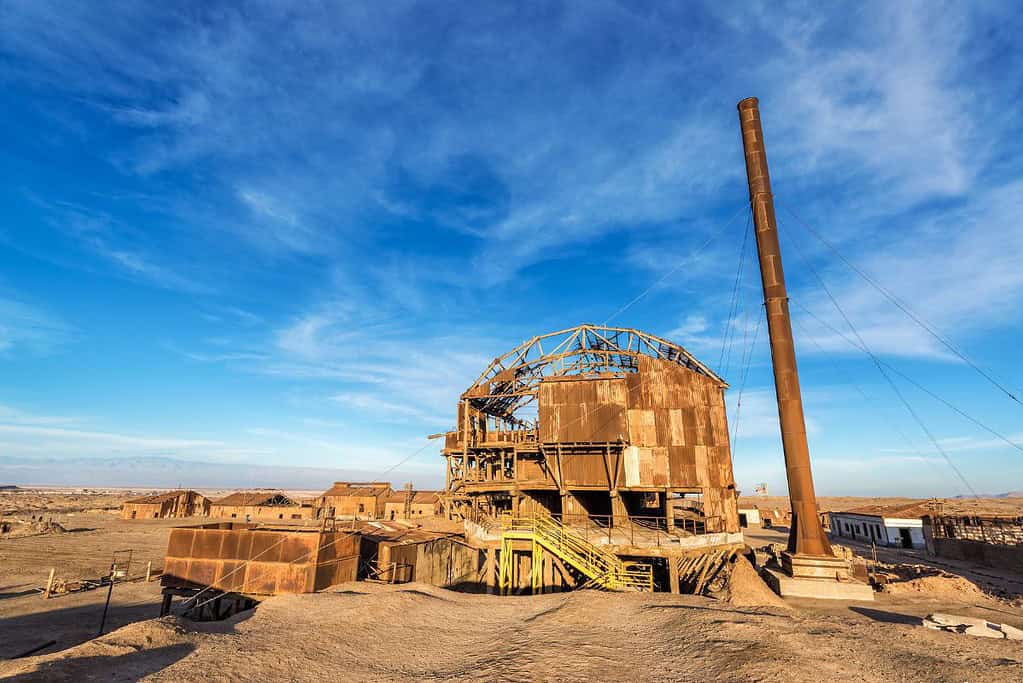
Humberstone and Santa Laura Saltpeter Works in Chile are UNESCO World Heritage Sites of great historical significance. These sites were once bustling saltpeter mines and processing plants that played a vital role in the global economy during the late 19th and early 20th centuries. Humberstone and Santa Laura Saltpeter Works offer a fascinating glimpse into the lives of workers and the industrial processes involved in saltpeter extraction. The well-preserved structures and machinery showcase the architectural and technological achievements of the era. Exploring these sites gives visitors a unique opportunity to learn about the rich history of saltpeter mining in Chile and its impact on the region.
Qhapaq Ñan, Andean Road System
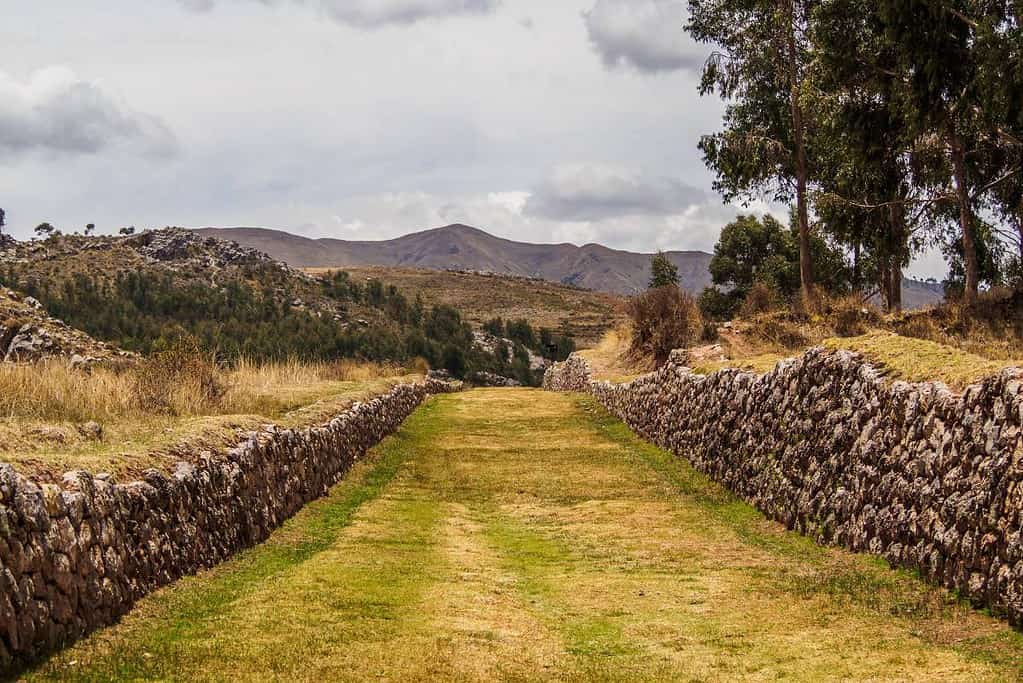
Qhapaq Ñan, also known as the Andean Road System, is a collection of UNESCO World Heritage Sites located across several countries in South America, including Peru, Bolivia, Ecuador, Colombia, Chile, and Argentina. This ancient road network stretches thousands of kilometers and played a crucial role in the Inca Empire, connecting diverse landscapes and cultures. The Qhapaq Ñan features impressive engineering feats, including stone-paved roads, bridges, and tunnels, showcasing the remarkable skills and knowledge of the Inca civilization. Today, these sites stand as a testament to the Andean region’s rich history and cultural significance.
Rapa Nui National Park
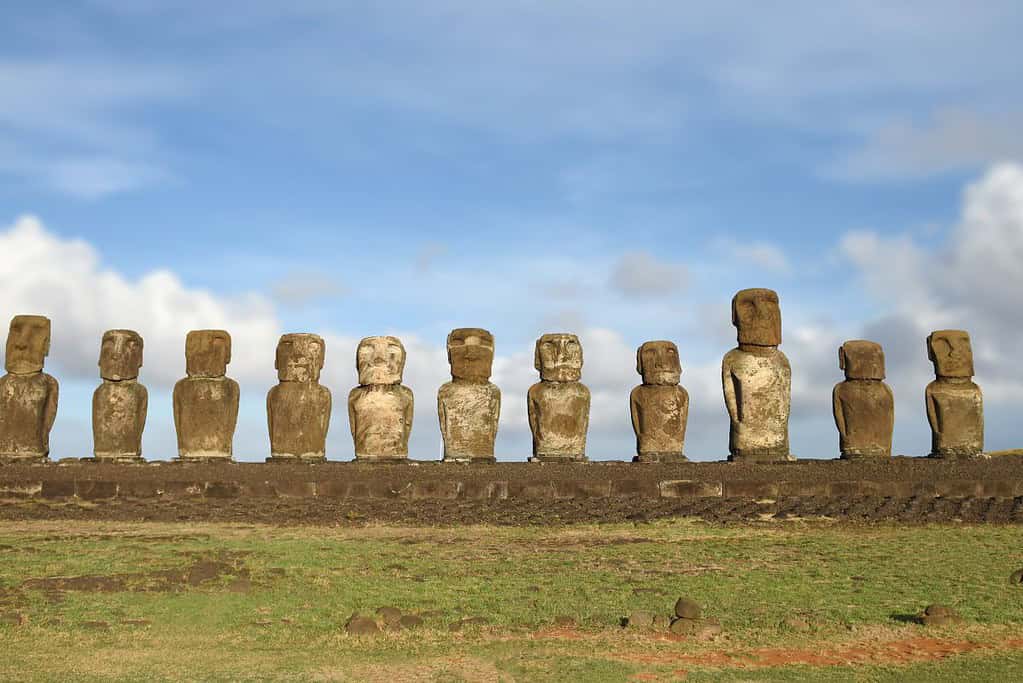
Rapa Nui National Park, located on Easter Island in Chile, is a UNESCO World Heritage Site of outstanding cultural and historical significance. This remote and enchanting park is renowned for its iconic giant stone statues, known as moai, carved by the indigenous Rapa Nui people centuries ago. These monumental statues scattered across the island are a testament to the extraordinary craftsmanship and cultural legacy of the Rapa Nui civilization. The park also features captivating archaeological sites, volcanic craters, and stunning coastal landscapes, offering visitors a unique blend of natural beauty and rich cultural heritage. Rapa Nui National Park stands as a remarkable testament to human ingenuity and the enduring spirit of a vibrant ancient civilization.
Settlement and Artificial Mummification of the Chinchorro Culture in the Arica and Parinacota Region
The Settlement and Artificial Mummification of the Chinchorro Culture in the Arica and Parinacota Region is a UNESCO World Heritage Site in Chile. This site showcases the remarkable achievements of the ancient Chinchorro civilization, who inhabited this region approximately 7,000 years ago. The site contains evidence of their unique settlement patterns, showcasing their advanced knowledge of architecture and resource management. However, what truly distinguishes this site is the discovery of the oldest artificial mummies in the world. The Chinchorro people practiced complex and sophisticated mummification techniques, predating the famous Egyptian mummies by thousands of years. The site provides valuable insights into this ancient civilization’s cultural practices and technological advancements, making it an invaluable archaeological treasure.
Sewell Mining Town
Sewell Mining Town, located in Chile, is a UNESCO World Heritage Site of great historical significance. It stands as a testament to the country’s rich mining heritage and the impact of copper mining on the region. Sewell was once a thriving mining community known for its innovative urban planning and unique architectural style. Nestled in the Andes Mountains, the town showcases a remarkable blend of industrial infrastructure and residential buildings that cling to the mountainside. Exploring Sewell offers visitors a glimpse into the lives of the miners who once worked there and provides valuable insight into Chile’s mining history.
Chile UNESCO tentative list
- Juan Fernández Archipelago National Park
- Torres del Paine and Bernardo O’Higgins National Parks, Region of Magallanes
- Churches of the Altiplano
- Baquedano Street
- San Pedro de Atacama
- Ayquina and Toconce
- Cerro el Plomo high shrine
- La Moneda Palace
- San Francisco Church and Convent
- Houses of the hacienda San José del Carmen el Huique
- Malleco Viaduct
- Locomotive depot of the Temuco Railroad Station
- The Defensive Complex of Valdivia
- Rupestrian art of the Patagonia
- Fell and Pali Aike Caves
- Monte Verde Archaeological Site
- Lota Mining Complex
Tours in Chile
Our choices of tours in Chile are divided into thematic features such as Atacama Desert, Easter Island, and Torres del Paine National Park Experience.
